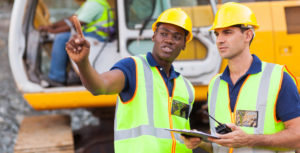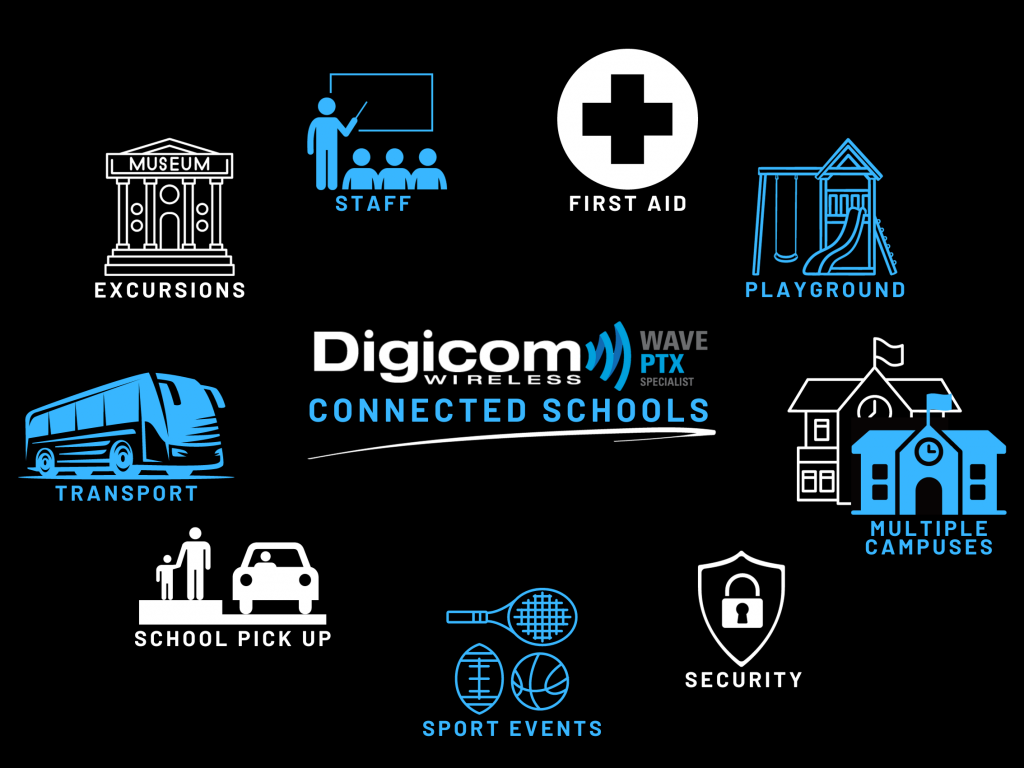One of the greatest challenges in any emergency situation is communication. Often, responders, leaders, and victims are at some distance from each other. And, there may be obstacles in between, such as fire, downed electrical lines, fallen debris, or floodwaters.
From extreme weather events to natural disasters to terrorist incidents, having open channels of communication is essential to reduce injuries and fatalities and to improve outcomes. Whilst it may appear that having the latest technology is the most obvious solution to emergency communication hurdles, that isn’t always the case.
All about two-way radios
Two-way radios, which were first used by the police in Victoria in the 1920s, have been around for nearly a century. They are still the go-to device when it comes to communicating under duress, which is why they are widely used by police departments, first responders, and the military.
Unlike conventional radios that only broadcast a transmission, two-way radios facilitate communications in both directions. You can receive information and speak to others via a two-way radio, which is also called a walkie-talkie or a push-to-talk (PTT) radio because you push and hold a button when you wish to speak.
Why two-way radio systems beat mobile devices
Many people mistakenly think they can rely on their mobile phone when an emergency strikes, only to find this was not an ideal choice. There are multiple reasons why two-way radio systems should be your go-to for all kinds of emergencies, such as storms, power outages, bushfires, and evacuations:
- Two-way radios are far more durable than the average mobile phone. They were originally designed for military and first responder use, so they have rugged casings and parts meant to withstand heavy use.
- During emergencies, mobile phones may not work. Cell towers can lose power or come down entirely. Cell signals can be jammed or limited only to certain government groups. You can change the frequency on your two-way radio to find an open channel, even if other groups are also using radio systems.
- In remote locations, two-way radios still have signals, whereas mobile phones become useless.
- Two-way radios allow one person to communicate with many others simultaneously. Unless you’re on a conference call, which is not practical during an emergency, this is impossible with mobile phones.
- You generally get better voice clarity, volume, and sound with a two-way radio than a cell phone.
- The battery life of a two-way radio is longer than that of a cellular phone, which is vital during emergencies.
- Two-way radios are easier to use hands-free, with your hands in gloves, or if your hands are dirty.
- Once you purchase two-way radios, there are no extra costs other than occasional maintenance and optional frequency licensing. With cellular phones, you still have to pay for expensive monthly plans.
Groups that rely on two-way radios
We have clients at Digicom Wireless who use two-way radios for emergencies in a wide range of industries and scenarios:
- Schools and educational institutions
- Medical facilities
- Volunteer and municipal emergency responders
- Evacuation groups
- Search and rescue units and disaster response teams
- Wilderness travellers
- Extreme sports enthusiasts
- Event planners and hosts
- Construction workers
- Government agencies
Tips for successful emergency two-way radio communication
To appreciate the most successful results with a two-way radio system for emergency use, we advise following these tips:
- Take care in selecting the right two-way radio system, based not only on budget but also on your needs and typical users, including youths. Also, enquire about integrating new two-way radios if you already have some you would like to keep using.
- Think about extra features that might make certain two-way radio models more user-friendly, such as waterproofing, large-screen displays, customisable programming, compact antennas, location tracking, integration with mobile phones, body-worn cameras or hands-free headsets.
- Practise using your two-way radios well in advance of any urgent situations so everyone knows how they work and can use them without issue.
- Review two-way radio etiquette, frequencies, and any codes your group will be using during communication.
- Think about running emergency drills and scenarios during which you can practise radio use, as well as first aid, triage, rescue, evacuation, and the like. This is how the military and first responders such as firefighters and paramedics train. It helps identify potential snags to your emergency plan and lets people operate with greater confidence when an actual emergency arises.
- Know the range of your radio signals under worst-case conditions, and consider adding a repeater or pump-up mast (telescoping antenna) to your equipment. Mountainous terrain, forests, inclement weather, and large structures, such as buildings and bridges, can all reduce your two-way radio signal coverage area, but this can be overcome with the right gear.
- Keep your emergency radios fully charged at all times in a central location when not in use, and check batteries before use.
- Understand who in your group will fulfil the role of incident command (leader) in case of an emergency, as well as any other hierarchies that need to be in place for efficient communication.
- Work out in advance how you intend to collaborate with any outside agencies that will be on their own radio systems, such as law enforcement, fire rescue, evacuation specialists, and government officials.
The best two-way radio equipment from Digicom Wireless
To purchase or hire two-way radios and accessories for your group, reach out to Digicom Wireless. Our friendly experts can advise you on the latest models and technology and help you find the right items for emergency preparedness.
We offer price matching for budget-conscious organisations. We also provide maintenance and service on two-way radio products. You will enjoy our wide selection and guaranteed turnaround times on delivery. Don’t wait until an emergency strikes your area. Get in contact today.






